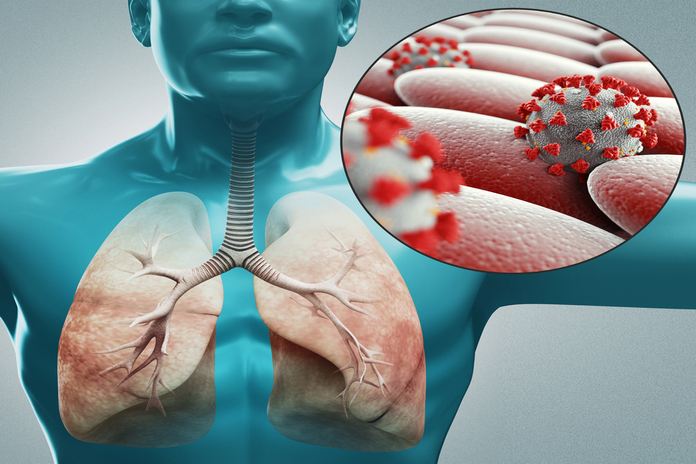The average temperature of body is 98.6°F or 37°C. If the temperature of the body rises temporarily or for some time (chronically), it is called fever. In fever, the internal thermostat of the body rises above the normal level. Fever is not a disease, illness, or a body condition itself, but a sign that the body is trying to fight an infection or illness. Fever can be uncomfortable, but it is usually not the cause of concern unless it exceeds 103°F or higher.
In children, even the slightest elevated temperature can indicate a serious infection. Fever is a condition that seems to play a significant role in helping the body fight off serious infections. When an infection attacks the body, the immune system as a defense mechanism tries to remove the infection by increasing the body’s temperature as a reaction.
Causes of Fever

When the body’s temperature increases, a person may feel cold with chills and shivering until the temperature drops. Various factors can contribute to elevating the temperature of the body. Many people believe that any rise in body temperature is afflicted with any microbe or infection. Flu and sore throat are the most common infections that increase the body’s temperature, but the infection is not the only cause for temperature.
Sometimes, most uncommon factors like brain injury, reaction to drugs, tumors, or even cancer can show fever symptoms. Here are some of the causes that can cause fever
Bacterial Infection
The bacterial infection is considered to be one of the most common causes of infection. The body increases its temperature as a defense mechanism to fights against the infection because bacteria survive easily at normal temperatures. In contrast, if the body’s temperature is high, it becomes hard for them to service.
Almost any kind of infection can be a cause of fever. Skin infection, respiratory infections like flu and sore throat, ear infection, bone infection, sinus infection, bronchitis, or pneumonia all of these infections can give rise to fever. Some of the infections include
- Pneumonia- Lower respiratory infections, including pneumonia and bronchitis, can show symptoms of fever. It is a bacterial infection of the lungs, which is caused by streptococcus bacteria. In this condition, it becomes very difficult for the patient to breathe. One of the symptoms of pneumonia is high temperature.
- Upper Respiratory Infection- Respiratory tract infection includes the infection in areas of the throat, ear, nose, and sinus. In this infection, mucus is filled in respiratory cavities like the nose and throat, and the patients suffer from headaches, cough, and fever that indicate the attack of viral infection.
- Infections of Genitourinary System- In this type of infection, the person has a burning sensation while urinating. The disease is characterized by the urge to urinate frequently along with back pain and fever. This indicated the infection of the bladder, kidney, or urinary tract. Antibiotics are given to kill the bacteria and infection.
- Reproductive Infection- This is the infection of the reproductive area of the body. The person faces discharge from the vagina or genital area. It can damage the reproductive organs.
- Gastrointestinal infection- This infection is characterized by diarrhea, vomiting, blood from the stool, and upset stomach—the bacterial infection results in abdominal pain and infection of the appendix, gallbladder, and liver. The person suffers from fever, for which medical care should be accessed.
- Circulatory System Infection- It is a bacterial infection; the person does not show any symptoms except fever. The individual can face weakness, body aches, and chills. The infection affects the heart valves and causes inflammation that requires to be hospitalized as immediately as possible.
- Animal Exposure- Certain people who work with animals can get a fever. This fever also occurs as a result of any exposure of the human body to animal bacteria. The bacteria can be present in livestock, unpasteurized dairy process, and in the urine of animals, resulting in infection and leading to fever and chills in humans.

